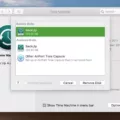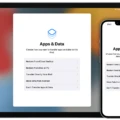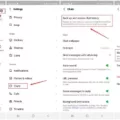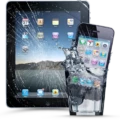For Macbook users, backing up your device is essential to keeping your data safe and secure. Unfortunately, not everyone has access to Time Machine, the built-in backup software for Macs. But fear not! There are several other ways to back up your Macbook without using Time Machine.
One option is to use a cloud storage service such as Dropbox or Google Drive. With these services, you can store files and folders in the cloud and access them from any device with an internet connection. This makes it easy to keep your data safe offsite in case of disaster or theft. Plus, many cloud storage services offer free plans with plenty of space for basic file backups.
You can also back up your Macbook using an external hard drive or USB stick. You will need a drive that offers enough storage space for all of your data—the size will depend on how much data you have stored on your computer—and a USB-C cable to connect it to your Macbook. After connecting the drive, you can use the Finder app on your Macbook to copy over files and folders for backup purposes.
Finally, if you have access to another computer (for example, a Windows PC), you can use Apple’s Migration Assistant tool to transfer all of your data from one machine to another. This is an especially useful option if you’re switching from an old Macbook to a new one since it alows you to retain all of your settings and apps without needing to manually reinstall everything one by one.
No matter which method you choose, backing up your Macbook regularly is essential for protecting against data loss due to system crashes or hardware failure. Whether it’s Time Machine or one of the alternatives mentioned here, make sure you stay on top of regular backups so that none of your important files get left behind!
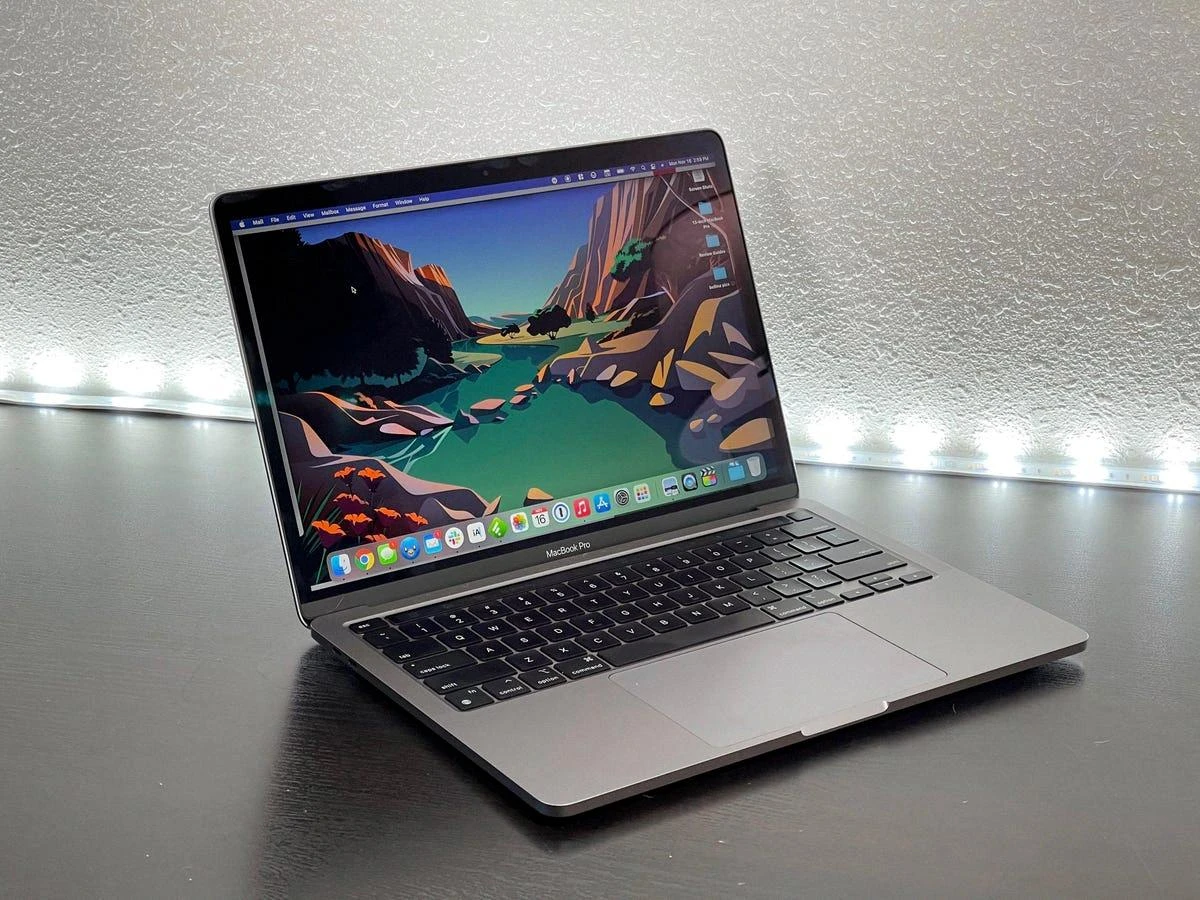
Backing Up Your Mac: The Easiest Way
The easiest way to back up your Mac is to use Time Machine, Apple’s built-in utility. Time Machine stores multiple versions of your files, applications, accounts, settings, music, photos, movies and documents. It even alows you to go back in time to restore a specific version of a file.
To set up Time Machine, connect an external hard drive or network drive to your Mac. Then open the Time Machine preferences panel from System Preferences and click the Select Backup Disk button. Select the external hard drive or network drive from the list and click Use Disk. If you’re usig a network drive, enter its password if prompted.
Once set up, Time Machine will automatically create backups hourly for the past 24 hours, daily backups for the past month and weekly backups for everything older than that. Plus it only backs up files that have changed snce the last backup so it’s quick and efficient with storage space.
You can also access your Mac’s backup files directly from Finder by selecting Enter Time Machine from the Finder menu bar or clicking on the Time Machine icon in Dock. In either case you will be presented with a timeline allowing you to easily browse through previous versions of your files or restore them with just one click.
Backing Up a Macbook Pro Manually
In order to manually back up your Macbook Pro, you will need to use Time Machine. To begin, click the Time Machine icon in the menu bar at the top of your screen. From here, you can select “Back Up Now” to start a backup of your computer. If you need to pause a backup at any point, you can select “Stop This Backup”. Finally, if you want to resume a paused backup, simply select “Back Up Now” again.
Backing Up a Mac Without a Hard Drive
Backing up your Mac without a hard drive is possible throuh cloud storage services. Cloud storage services such as iCloud, Dropbox and Google Drive allow you to securely store your data in a remote location that can be accessed from any device with an internet connection. To back up your Mac without a hard drive, simply create an account with one of the aforementioned services and begin uploading your files. Make sure that you regularly back up your important files and folders to ensure that you have the latest versions of them stored in the cloud. Additionally, many cloud storage services offer automatic backup scheduling, which ensures that all of your data is backed up on a consistent basis.
The Benefits of Using Time Machine to Backup a Mac
Time Machine is a great way to backup your Mac, but it’s important to understand the risks associated with it. By default, Time Machine does not encrypt your backups, so anyone with access to the drive can view your backed up files and folders. Additionally, if the drive gets damaged or stolen, you could easily lose all your data.
If you decide to use Time Machine for backing up your Mac, it’s important that you secure the drive and make sure that only authorized users have access to it. You can also look into other solutions that offer encryption such as cloud storage services or external hard drives with encryption built-in. Ultimately, the decision of wheher or not to use Time Machine is up to you and depends on how much security and privacy you need for your data.
Backing Up a Mac Locally
Backing up your Mac locally is easy! All you need to do is open the Time Machine settings on your Mac and select an available storage device. This can be either a hard drive or a network-attached storage device. After you have selected the storage device, Time Machine will begin making periodic backups automatically. If you want to back up manually at any time, simply choose “Back Up Now” from the Time Machine menu in the menu bar. If you ever want to check the status of your backup, simply open Time Machine and it will show you when the last successful backup was completed.
Transferring Files from Mac to External Hard Drive
Transferring files from your Mac to an external hard drive is easy! First, plug the external hard drive into your Mac usng a USB or Thunderbolt cable. Once the external hard drive is connected, open the Finder window and locate the external hard drive in the Locations section of the sidebar. Now you can select one or more files from your Mac and drag them to the external hard drive. Alternatively, you can copy and paste files from one location to another. When all of your desired files have been transferred, it’s important to eject the drive properly before disconnecting it. To do this, right-click on the drive icon in Finder and select ‘Eject’. After that, you’re free to unplug the drive safely!
Backing Up a Macbook Pro to iCloud
Yes, you can back up your entire Macbook Pro to iCloud. To do so, open System Preferences and then select the iCloud option. From there, you’ll be able to choose which files and folders you want to back up and have them uploaded to iCloud. Some of the data that can be backed up includes photos, documents, emails, contacts, calendars, and more. Once the backup is complete, your data will be securely stored in Apple’s cloud storage system for easy access anytime you need it.
Backing Up a Mac Before Getting a New One
Backing up your Mac before gtting a new one is an important step in the transition process. To do so, you’ll need to use either Time Machine or another backup method.
If you’re using Time Machine, make sure your Time Machine backup drive is connected to your old Mac and configured to back up regularly. Once that’s done, you can begin the process of transferring your data to the new Mac.
If you’re not using Time Machine, you can create a bootable copy of your hard drive by using Disk Utility on your old Mac. This will create a clone of your hard drive that can be used to restore all of your data onto the new Mac.
Once you have successfully backed up all of your data, you can begin setting up the new Mac and restoring your files from the backup drive or bootable copy. Be sure to follow all instructions provided by the Migration Assistant during the setup process for best results!
Consequences of Not Backing Up a Mac
If you don’t backup your Mac, you are putting your data at risk. Without a backup, any data stored on your computer is vulnerable to being permanently lost due to hardware failure, malicious software, accidental deletion, or any other unexpected event. If such an event were to occur, the only way to recover your data would be from a backup copy. This can be done uing an external hard drive, cloud storage service, or another method of backing up data. Not backing up your Mac also puts you at risk of losing valuable files and memories that can never be replaced. Therefore, it is important to ensure that all of your data is properly backed up in order to protect yourself against these kinds of losses.
Are Macs Automatically Backed Up?
Yes, Macs are automatically backed up when Time Machine is turned on. Time Machine performs hourly, daily, and weekly backups of your files to a designated backup disk. Additionally, local snapshots are created that you can use to recover previous versions of files, even if the backup disk is not attached.
Conclusion
In conclusion, Macbooks are a great choice for anyone looking for a reliable and powerful computer that can handle any task. They feature the latest hardware and software features to provide an optimal user experience. They also come with a range of security features to keep your data safe, as well as Apple’s Time Machine backup system which allows you to easily restore your data if soething goes wrong. With their sleek design, long battery life, and reliable performance, Macbooks are a great choice for anyone looking for a high-quality laptop.

